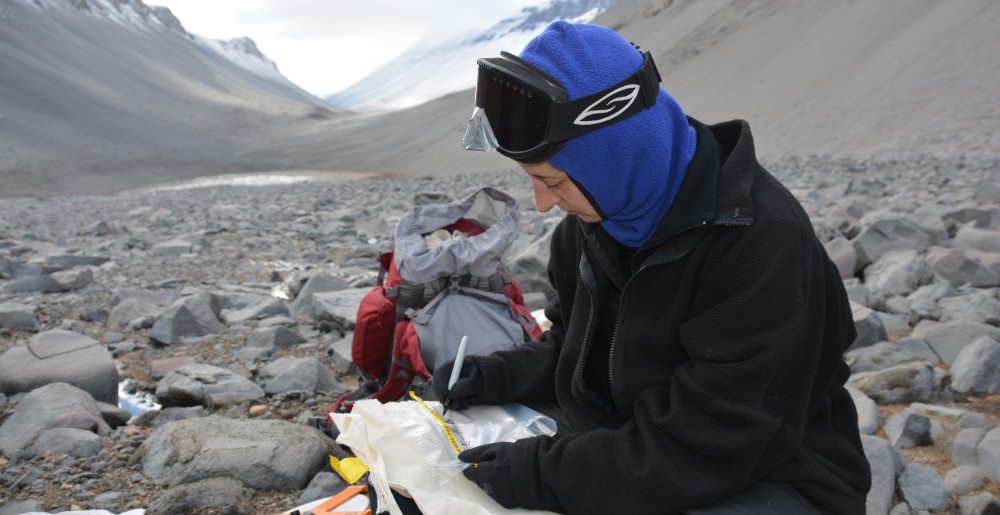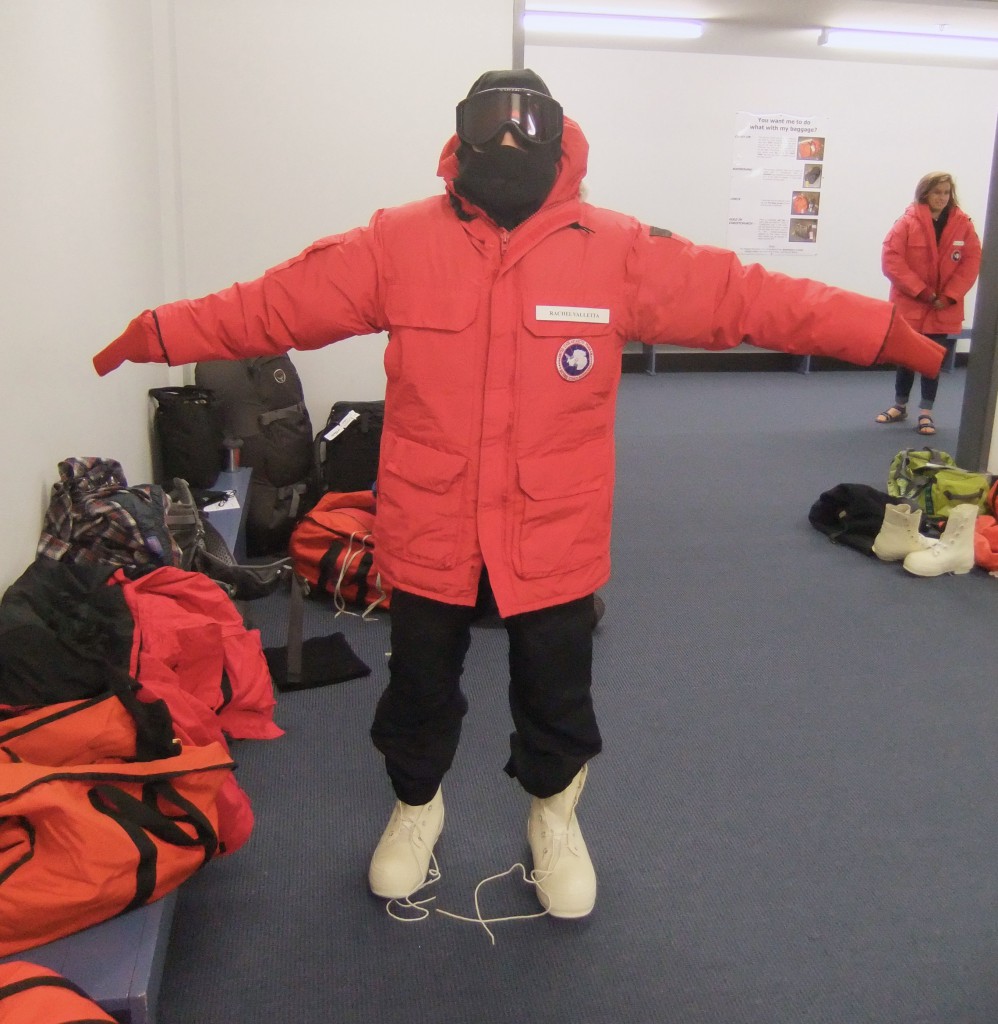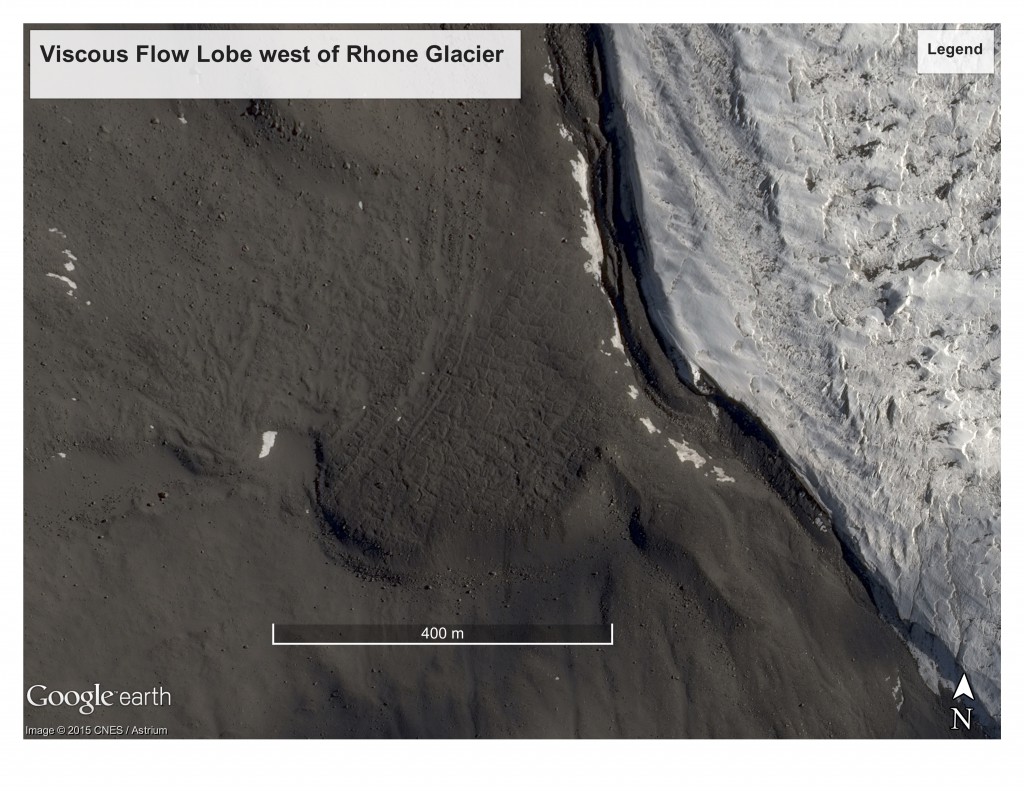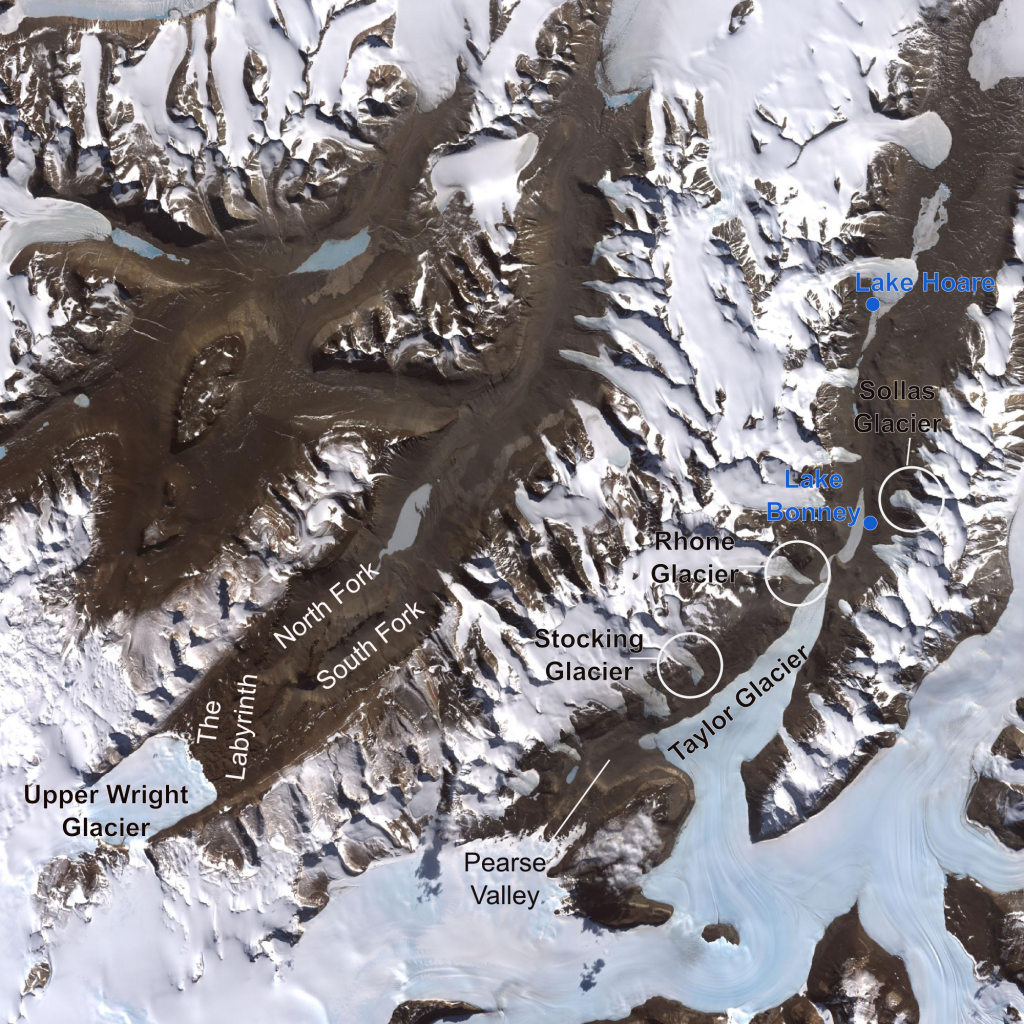I got up at 6:30 this morning, a very reasonable time considering the jet lag. No coffee shops were open, so to kill time I toured myself around an old cemetery. Judging from the stones, New Zealanders had access to marbles and gabbros, red granites and anorthosite. In the late 1800s, the people dying and receiving gravestones had very English names. Lots of Marys, Edwards, Daniels. Also, WWI soldiers were buried in France but given markers in Christchurch. Many things to be learned, in a graveyard.
We leave for the ice tomorrow. Today was preparation for that—watching safety and conduct videos, checking our computers for viruses, getting a (second, for me) flu shot, and trying on our issued cold weather gear. You put the gear on in the changing room and it feels impossible to be cold. I’m sure that’s false, but it’s kind of like wearing three snowsuits at once.
We’re issued:
A giant coat (Big Red)
A smaller coat
Insulated overalls
Fleece zip-up
Fleece pants
A neck gaiter
A balaclava (which I had kind of thought was a musical instrument?)
A little fleece hat
Two pairs of thin knit gloves
Work gloves
Giant puffy mittens
Snow goggles
Insulated waterproof boots (here-on referred to as bunny boots)
It’s pretty good. And, I have all the warm socks and long underwear I brought with me.
We left Lowell in New England fall, with the locust trees bright yellow and the geese beginning to pass over. Christchurch is in spring, though, which for some reason I was unprepared for. The air smells like flowers. It was a glorious day today. Sunny and warm and all the plants wriggling with life. A lovely last hurrah before the cold.



